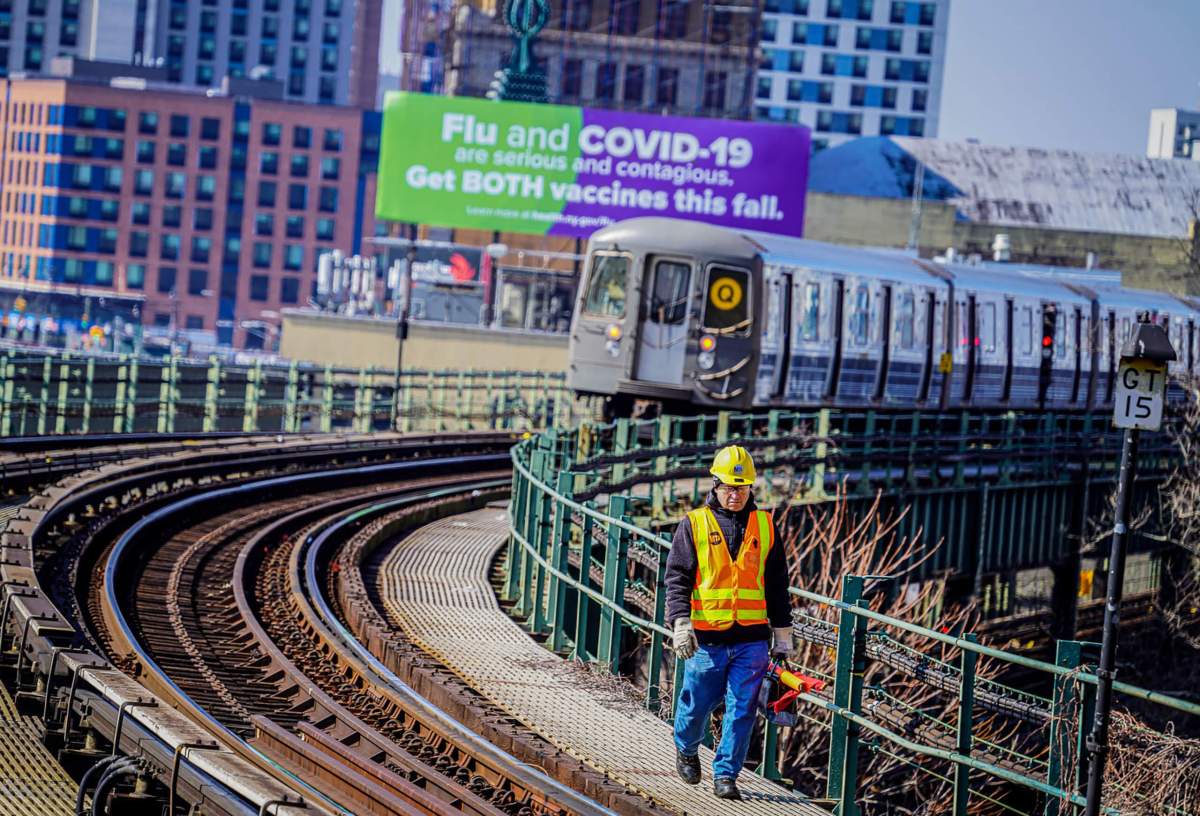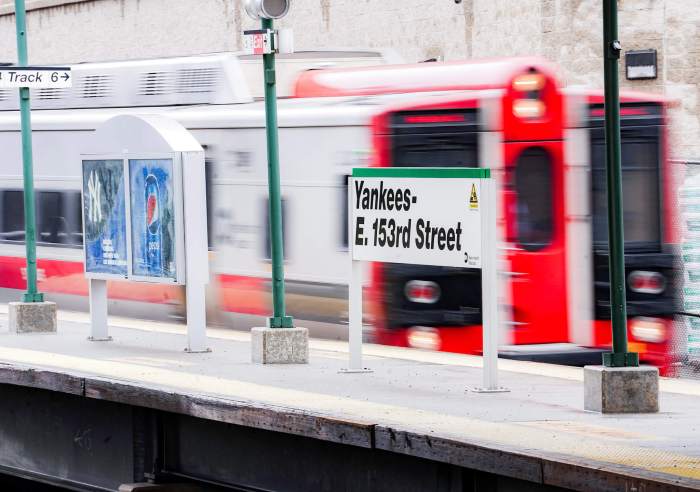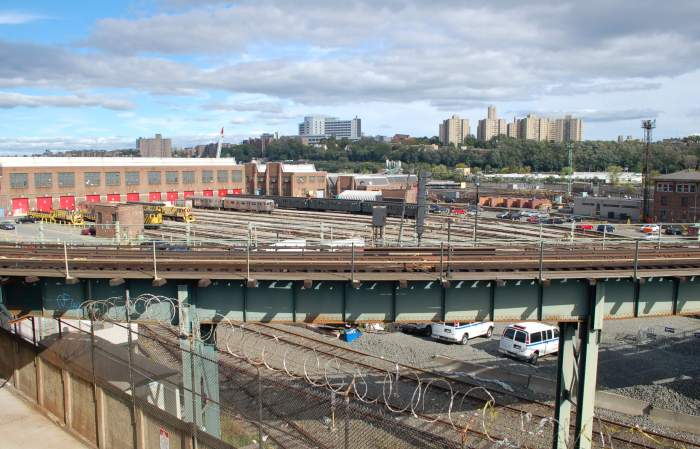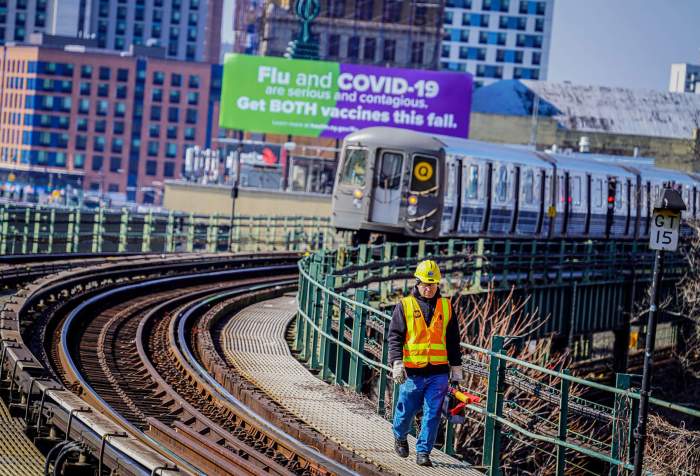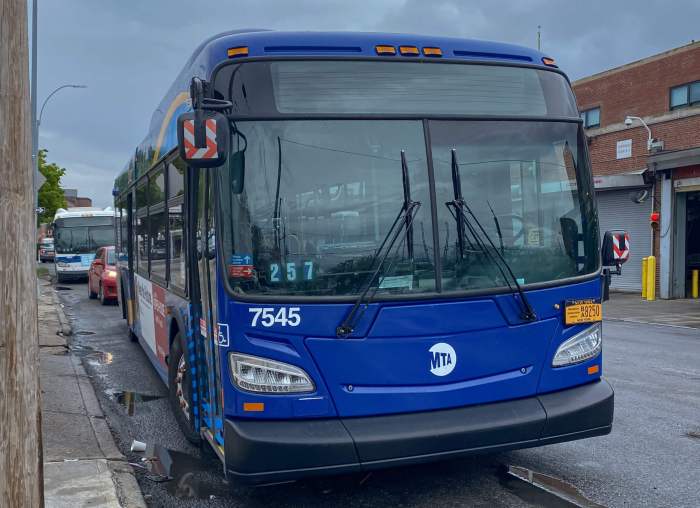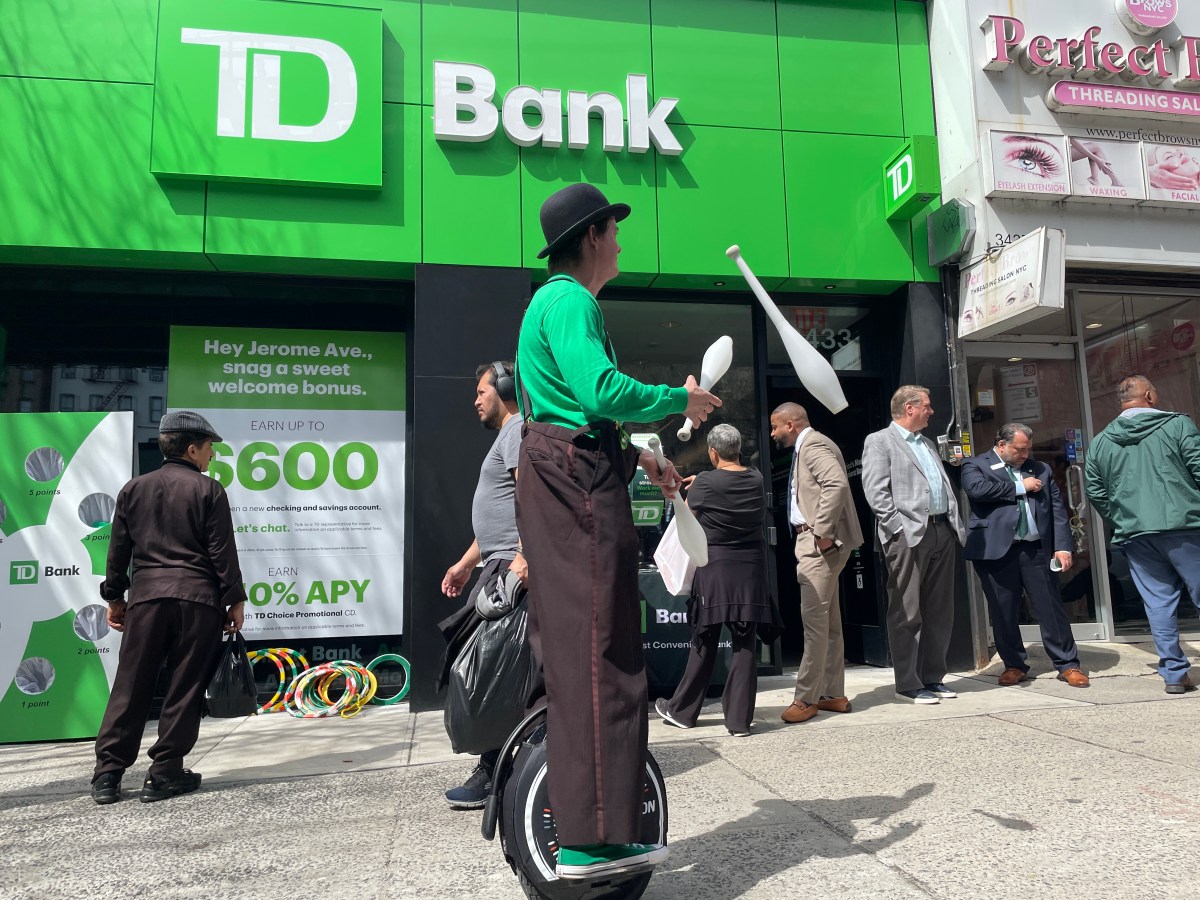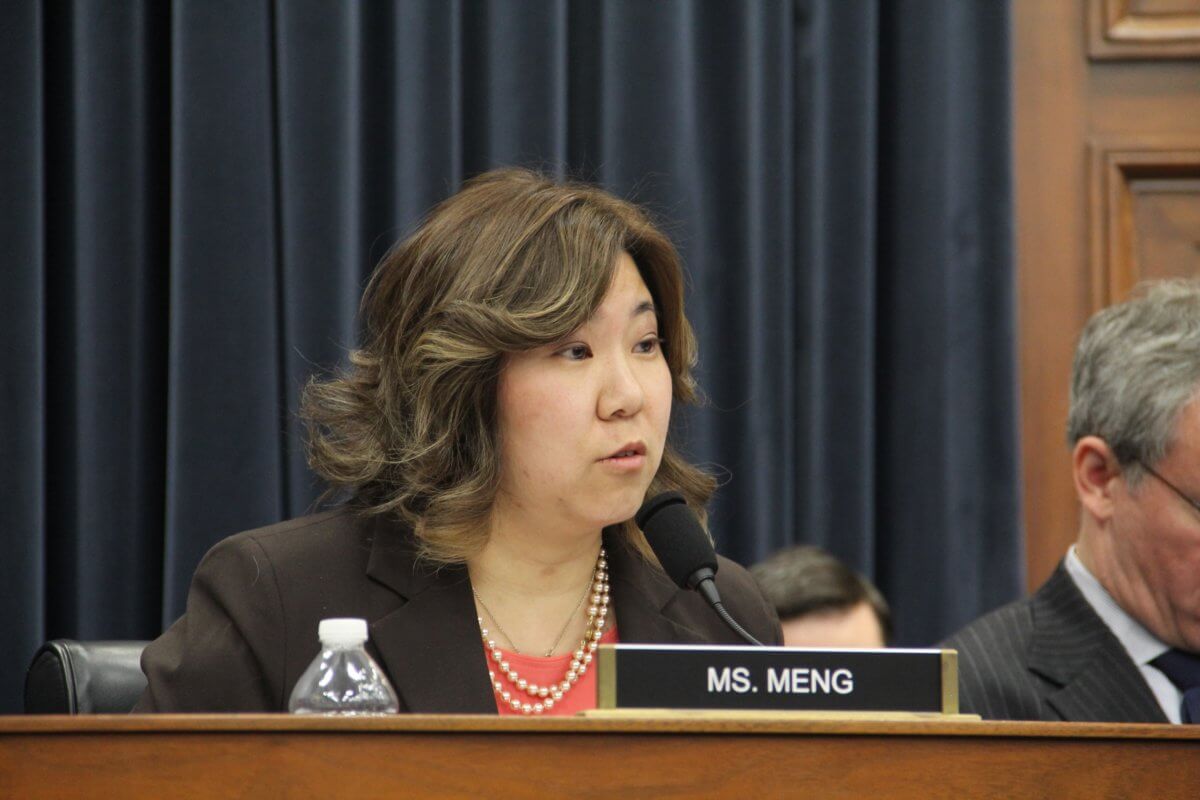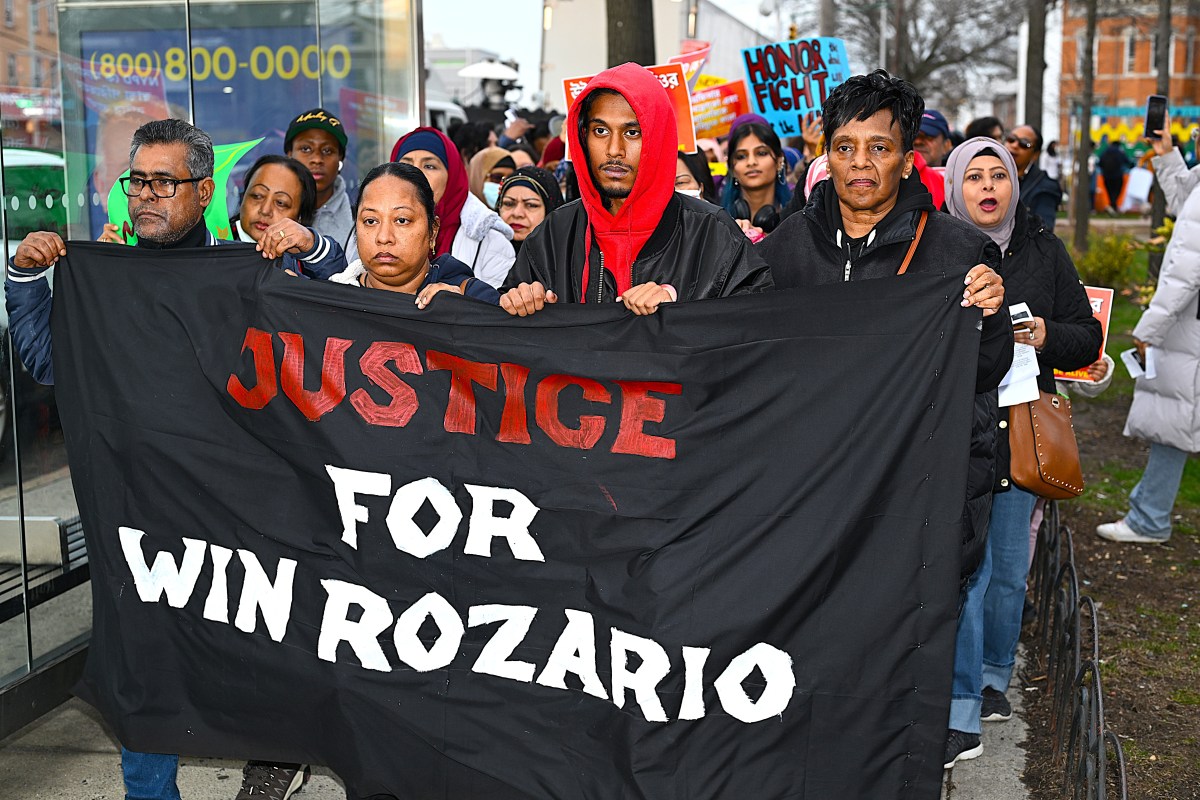The Metropolitan Transportation Authority shelled out $3 million more than planned for signaling work on elevated subway tracks that could have been cheaper if transit officials just communicated better beforehand, according to a probe by the agency’s Office of Inspector General.
MTA leaders signed off on the add-ons to replace corroded metal trays carrying signal cables along the elevated lines in Brooklyn and Queens years after the project had already started and despite officials at the Authority knowing for years that the old wire carriers were falling apart.
Acting MTA Inspector General Elizabeth Keating said the belated addition needlessly inflated the cost of the repair work, and the watchdog urged transit officials to improve communication within the agency to keep spending in line.
“Expanding scope once a project is underway is notorious for increasing the cost of a project, as any homeowner knows,” said Keating in a statement Thursday, Sept. 15. “This is an opportunity for the MTA to improve its communication between departments during capital planning and design.”
The mixup happened during a $25 million signal equipment overhaul on the Jamaica Avenue line, which carries J, M, and Z trains on elevated tracks in northeastern Brooklyn and into Queens.
The renovations started in August 2020 and the contractor found shoddy trays in January 2021 at 12 stations, and the MTA in June that year approved installing 6,440 feet of trays for an additional $2.89 million.
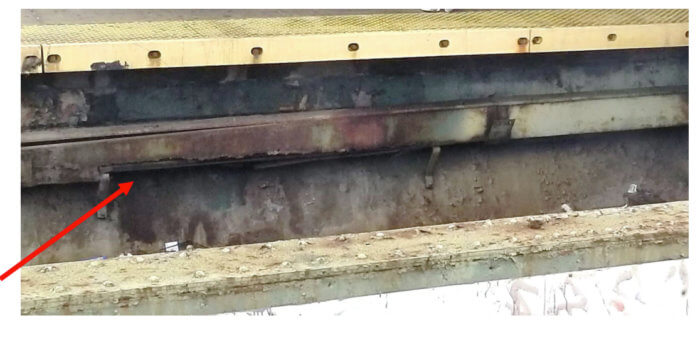
Many of the trays lining the elevated tracks just below the platform are designed to protect wiring from weather exposure and were installed 40 years ago.
Some are in poor condition and MTA began replacing some of the parts 2013.
A piece broke off at the Lorimer Street station on Feb. 7 and hit an electrified part of a passing train, causing a zap that triggered delays in the system.
The rusty pieces are also at risk of falling down onto the street below.
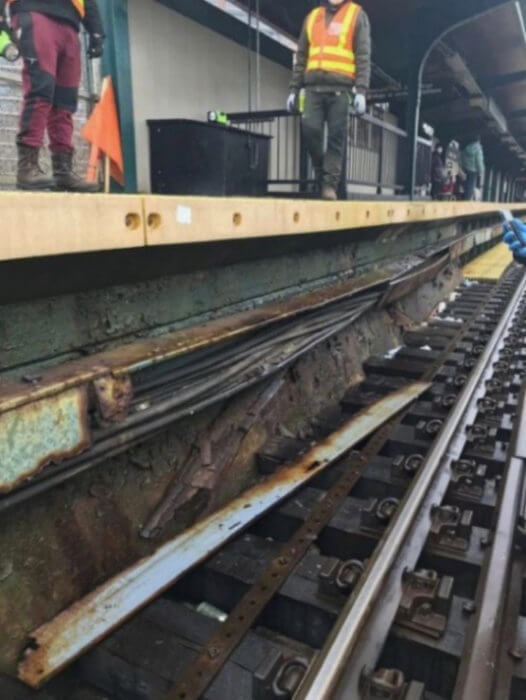
Transit managers classified the added work as a “field condition” — jargon for unexpected complications that come up during a job — even though MTA designers had notified higher-ups about badly deteriorated trays in that part of the system back in 2017, 2018, and 2019, according to the review.
The managers probably didn’t end up including the trays because of budget pressures to keep costs down, the OIG wrote, but adding it in later on hiked the price after all because they could only negotiate with a single contractor already doing the other work.
Their mislabelling the incident as unforeseen allowed MTA officials to avoid having to write up a document about what their lessons learned were from the snafu and the steps they would implement to avoid future oversights.
“This would have been a productive exercise for all involved,” read the report.
Transit officials have used wrong classifications like that for errors in the past, according to a 2011 OIG investigation, depriving the agency of chances to opportunities to learn from the mistakes.
Different divisions within the MTA also weren’t clear about whether the trays were part of the contract or not, and neither side communicated clearly about it throughout the planning work, according to the OIG.
While the $3 million addition is a small sum by MTA construction standards, cutting corners in the planning process could come back to bite the agency, which plans to spend $51.5 billion for its five-year capital plan on projects like upgrading its ancient signaling system, building elevators, and extending the Second Avenue Subway to East Harlem.
The agency is notorious for sky-high construction costs compared to other transit agencies around the world.
A spokesperson for the agency claimed the miscommunications during the project’s planning and design between 2014 and May 2019 were resolved with the consolidation of MTA’s capital work under its new Construction and Development division at the end of 2019.
“Consolidating MTA’s capital program into MTA Construction & Development has enabled the MTA to streamline its capital construction work within one centralized agency, allowing for more direct lines of communication for full project scopes to ensure capital projects are being delivered faster, better and cheaper to maintain state-of-good-repair and optimal service,” said Mike Cortez in a statement.
However, the MTA is still overhauling its procedures for projects, which it expects to finish by mid-2023. Those changes will make sure managers correctly classify causes for contract changes, according to transit officials.



